Table of Contents
You’ve done it. You built the audience. You launched the $49 eBook, the $99 template pack, or the $199 mini-course. The sales notifications trickled in. It worked.
And yet… you feel stuck.
You’re on a content hamster wheel, constantly feeding the algorithm to drive traffic to low-ticket offers. Your revenue is directly, and exhaustingly, tied to your reach. You’re hitting a revenue ceiling, and the only apparent way to break it is to “10x your audience,” which sounds like a recipe for burnout.
This is the “Creator Trap.” It’s the illusion that the only way to grow is through volume.
But what if there’s another path? What if, instead of trying to sell a $50 product to 1,000 people, you sold a $5,000 outcome to 10 people? Or a $25,000 system to one?
This is the pivot from Creator to CEO. It’s a shift from monetizing content to monetizing trust. Your audience isn’t just a pool of leads for digital products; it’s a vetted, curated asset that proves your authority. And that authority is your most valuable, highest-leverage product. This is the entire philosophy we packed into The Creator Monetization Mandate: The Complete Blueprint for Transforming from Creator to CEO.
It’s time to stop thinking about scale and start thinking about leverage. Here are 7 high-leverage ways to monetize your audience that go far beyond a simple digital product.
1. The High-Ticket Advisor (Consulting Reimagined)
This isn’t “coaching,” where you hold someone’s hand. This is “consulting,” where you solve a specific, expensive problem. Your audience has already consumed your free content and digital products. They know you’re an expert. Now, a select few are ready to pay a premium to have you apply that expertise directly to their business.
- Why it Works: You skip the entire “trust-building” phase. Your content is your case study. Companies will pay 100x your eBook price for a 2-hour “Strategy Intensive” that solves a million-dollar problem.
- How to Execute: Don’t just put “Consulting” on your website. Productize it. Create a high-priced, fixed-scope offer: “The 90-Day AI-Automation Audit,” “The 1-Day Brand-Voice Sprint,” “The E-commerce Conversion Deep-Dive.”
- The Leverage: This is the highest-leverage use of your time (revenue-per-hour). Finding these clients often means moving beyond your email list and into professional ecosystems. A platform like LinkedIn is a hunting ground, but it requires a different strategy—a systematic machine for high-value client acquisition. That’s why having a protocol, like The Ultimate LinkedIn Growth Guide, is essential to make this model work without relying on inbound hope.
2. The Fractional Executive (The Retainer Model)
This is the evolution of the 1-on-1 advisor. Instead of a one-off project, you become an integrated part of a client’s team on a recurring retainer. You are their “Fractional CMO,” “Fractional CPO (Chief Product Officer),” or “Fractional AI Strategist.”
- Why it Works: Businesses that have graduated from your courses need C-level expertise but often can’t afford the $250,000+ full-time salary. You are the perfect solution. You provide high-level strategy for 5-10 hours a week and get stable, predictable, high-ticket recurring revenue.
- How to Execute: Identify the 2-3 companies in your audience that are at the perfect “growth” stage. Pitch them not on “work” but on “leadership.” You’re not there to write tweets; you’re there to build their content system and manage their future junior hire.
- The Leverage: You secure 3-4 of these clients and your entire financial base is covered. All your digital product revenue becomes profit.
3. The Paid Virtual Workshop (The 1-to-Few Model)
A pre-recorded course is a low-cost information product. A live, cohort-based workshop is a high-cost transformation product.
- Why it Works: People don’t just pay for information; they pay for implementation, accountability, and access. A $500, 3-day live “bootcamp” where attendees walk away with a finished, reviewed sales funnel is infinitely more valuable than a $50 course they never finish. The scarcity (it only happens 3x a year) creates massive urgency.
- How to Execute: Frame it around a tangible outcome. “The 3-Day Podcast Launch Sprint.” “The AI-Powered Content Factory.” You teach, you do Q&A, and you give live feedback.
- The Leverage: You’re leveraging your time (1-to-30 or 1-to-50) at a premium price point. The success of this model hinges on your ability to attract and convert the right people, which is a science in itself. You need a reliable system, a true Client Magnet Blueprint, to fill those virtual seats every single time.
4. The High-Ticket Mastermind (The 1-to-Few-to-Few Model)
Stop thinking about a $10/month Discord community. Start thinking about a $10,000/year “application-only” private group.
- Why it Works: At this level, your audience isn’t paying for your content. They are paying for access: access to you (in group calls) and, more importantly, access to each other. You are not a teacher; you are the curator of a high-power room. The value is the network.
- How to Execute: This is an “exclusion-based” product. A strict application process is the main feature. You are protecting the group from the wrong members. It includes monthly strategy calls with you, a private channel, and perhaps one in-person retreat.
- The Leverage: This is one of the most scalable high-ticket models. You’re selling curation and community, not just your time.
5. The “System-in-a-Box” (Licensing Your IP)
You’ve built a successful system. Maybe it’s your unique method for running a social media agency, your code for a specific software tool, or your framework for financial planning. Instead of just teaching it (a course), you license it.
- Why it Works: You are empowering other professionals to run their business using your proven, “in-a-box” system. They get a head-start, and you get paid for your intellectual property without doing the client work.
- How to Execute: A graphic designer could license their entire client onboarding, branding questionnaire, and delivery templates to other new designers for a $2,500 one-time fee. A developer could license a proprietary code framework.
- The Leverage: This is true, asset-based scale. You create the system once and sell it infinitely.
6. The Strategic Partnership (The “Whale” Affiliate)
This isn’t about putting Amazon links in your blog posts. This is about finding one or two high-value SaaS (Software as a Service) or service partners that your audience needs and going deep with them.
- Why it Works: Your audience trusts your recommendations. When you endorse a specific, high-cost tool (like a CRM, an email platform, or a financial software), your endorsement carries massive weight. Their 30%-40% recurring commission on a $300/month product is a real business model.
- How to Execute: Instead of just a link, create a free “Implementation Webinar” or “Challenge” around that tool. Show your audience how to use it to get a specific result. You provide immense value, and the partner gets dozens of new, highly-qualified customers.
- The Leverage: This model builds on itself. These strategic partnerships become a core pillar of a diversified income stream, a key tenet of any solid Passive Income Playbook.
7. The Curated Physical Product (The “Niche-Down” Move)
This isn’t about slapping your logo on a cheap t-shirt. This is about creating a single, high-quality, premium physical product that solves a specific problem for your audience.
- Why it Works: It brings your digital philosophy into the tangible world. It deepens brand loyalty and commands a premium price.
- How to Execute: A productivity expert for digital entrepreneurs doesn’t sell a “Hustle” shirt. They design and manufacture “The 90-Day Deep Work Planner.” A finance expert doesn’t sell a coffee mug. They design a “Debt-Free” budget-tracking wallet.
- The Leverage: While it involves logistics, a physical product launch can be wildly profitable. It requires the same rigorous planning as any major initiative, following a precise, battle-tested protocol. This isn’t a casual experiment; it’s a full-on campaign, the kind you’d map out with a Digital Product Launchpad to ensure market domination.
The digital product “hamster wheel” is just one phase of your business. It’s a great one, but it’s not the last.
The real transformation begins when you realize your audience is proof of your authority, and you start monetizing that authority with high-leverage, high-ticket offers. Stop thinking about how to get 1,000 more followers. Start thinking about how to provide 100x more value to 10 of them.
That is the leap from Creator to CEO.






